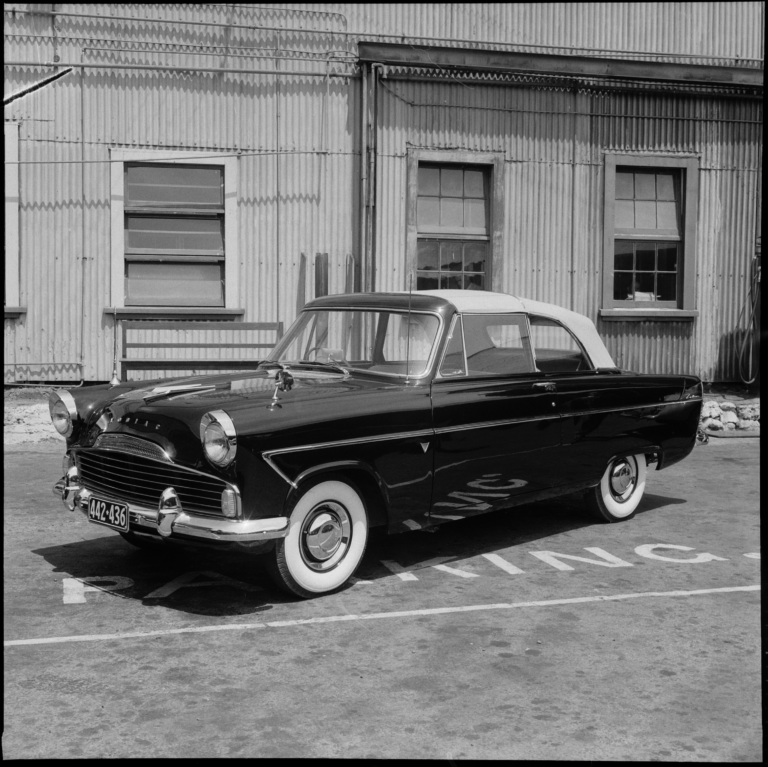That’s right Miata fans, if you want one of the awesome-looking Mazda MX-5 Retractable Fastbacks (RF), you’re going to need to be on Mazda’s emailing list. Mazda displayed the RF-model MX-5 at various auto shows as a concept, and, as it received a great deal of praise, they’ve decided to produce 1000 of them to test the waters — but they’re only being offered to those ‘worthy’ of the ownership.

For me, the RF model was the styling revamp that the MX-5 needed. I don’t like soft-tops, and the styling of the later MX-5s aren’t what I’d call ‘manly’. With the addition of the fastback, the MX-5 now has a new road presence worth talking about. With a lower ride height and a set of aggressive wheels, the MX-5 could out ‘manly’ a few muscle cars.

The RF will be offered in both a manual and automatic transmission. Still, the factory 1.5-litre and two-litre variants don’t produce any power worth mentioning. The RF model will only come in the Machine Gray with a black roof panel colour, as seen here in the images, and will feature Auburn Nappa leather on the inside.



